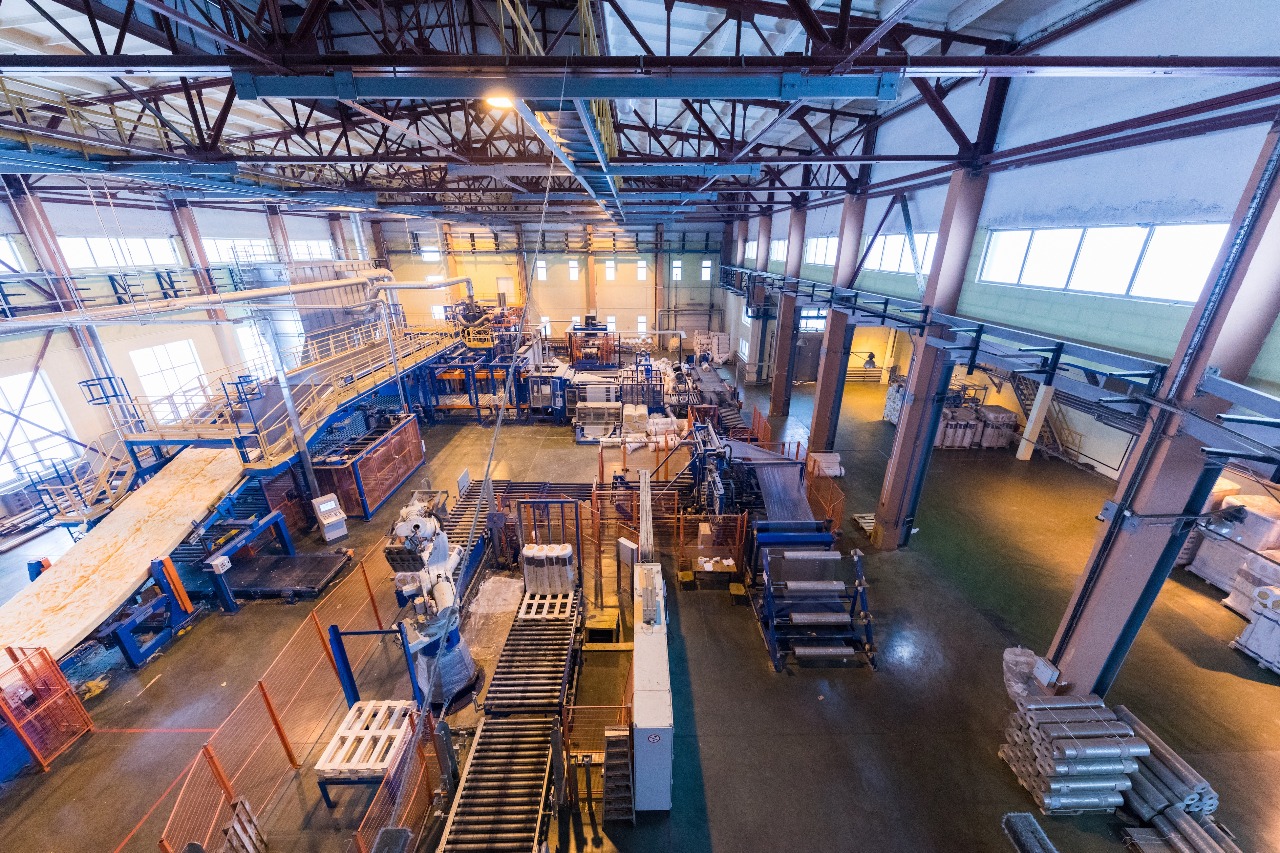A recent CBRE report shows it’s time to update aging warehouses that are struggling to meet e-commerce demand.
According to a new report from CBRE, a leading commercial estate firm, a concerning percentage of warehouses and distribution centers throughout the United States aren’t up to snuff when it comes to meeting e-commerce demand. The study, entitled “Old Storage: Warehouse Modernization in Early Stages,” found that numerous facilities are out-of-date and unprepared to accommodate the unique logistical needs of businesses operating in the online sector.
While e-commerce heavyweights are investing in top-notch facilities across the country, it’s up to smaller and mid-sized businesses to get creative in order to adapt to the e-commerce economy. By investing intelligently in their own warehouse space, or by partnering with logistics providers with advanced infrastructure of their own, it’s possible to avoid delays and disruptions to finely tuned supply chains.
An Aging Infrastructure
The CBRE report shows that warehouses and distribution centers across the country are relying on increasingly outdated technology and specifications. In fact, the average age of most facilities comes in at 34 years. Although efforts have been made to expand and modernize, the 1 billion square feet of new warehouse inventory built over the last decade only accounts for 11% of the country’s overall warehouse inventory.
In fact, nearly 1 billion square feet of the country’s warehouses and distribution centers are over 50 years old. These buildings tend to lack features that stand to benefit businesses operating in the e-commerce and fulfillment space. For instance, many have clear heights of less than 20 feet — well below logistics tenant requirements.
In Need of Updates
In addition to low ceilings, CBRE’s report found that many of the facilities built before the mid-2000s limitations lack adequate footprints, level flooring, and enough docking space for the volume they typically experience. They tend to be too compact, and don’t have the capacity to strategically manage growing inventories or house workforces large enough to satisfy fast-paced fulfillment schedules.
These older warehouses are not equipped for modern distribution models, especially as order quantities continue to rise. Accordingly, many warehouse managers and supply chain professionals plan to invest in these aging facilities and update them rather them tear them down. By raising roofs, adding dock doors, and increasing the size of parking lots, it’s possible to begin making them ready for the logistical demands of 21st-century business.
Investing in Modern Warehouse Space
With newer, more efficient buildings accounting for only 11% of the country’s current warehouse inventory, investment in cutting-edge facilities — whether renovated or freshly built — will be paramount for businesses hoping to scale. For companies that don’t have the resources to make that kind of capital improvement, however, working with a third-party logistics (3PL) partner or integrated logistics services provider (ISP) can provide access to top-of-the-line warehouses and distribution centers to the benefit of e-commerce and fulfillment operations.
With more than two decades of work in the shipping and logistics industry, Primary Freight has the expertise and infrastructure businesses need to scale in the age of e-commerce. We offer cutting-edge warehouses and distribution centers designed to accommodate the latest in online retail needs, as well as an award-winning customer service team that’s ready to resolve any questions, concerns, or last-minute needs. Curious how a tailor-made logistics strategy can help your business? Primary Freight is standing by.
If you’d like to learn more about Primary Freight’s award-winning shipping services and reliable customer service, contact us today at (800)-635-0013.
